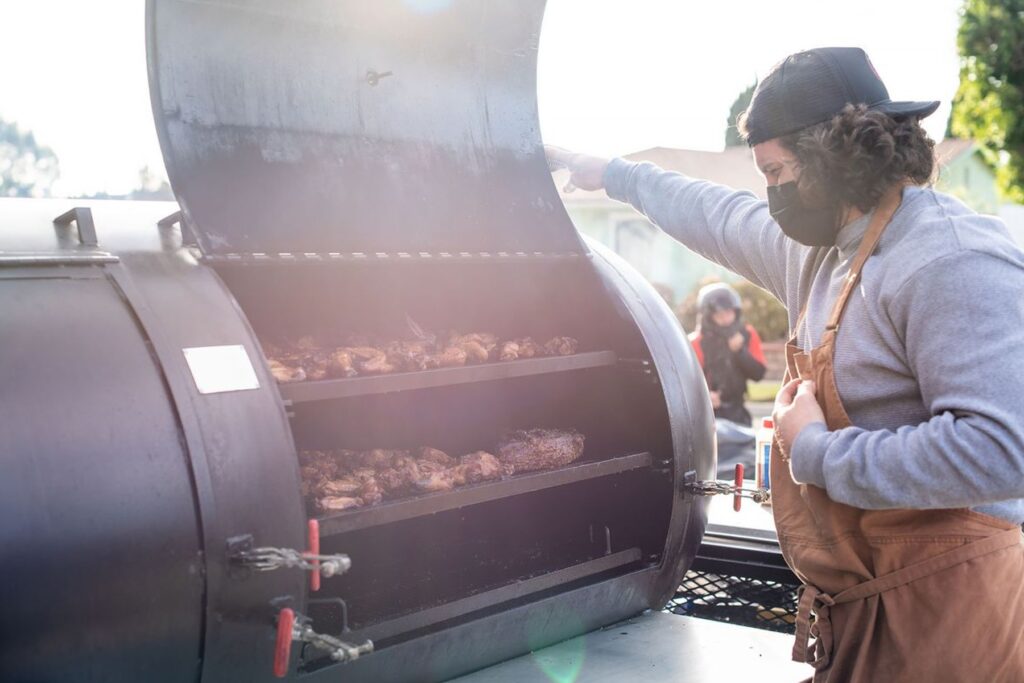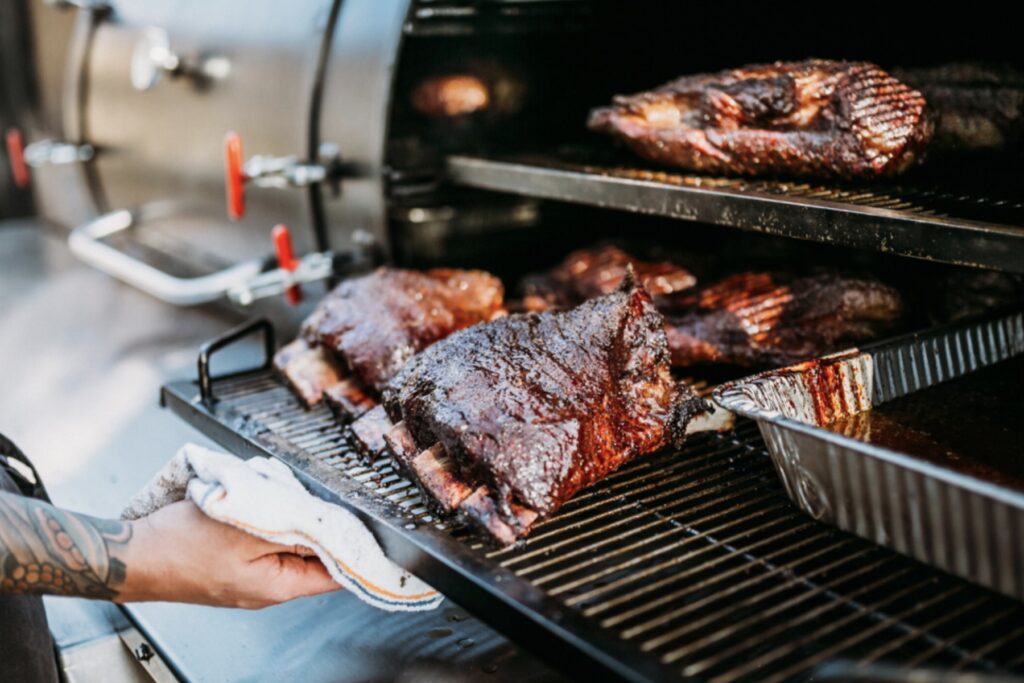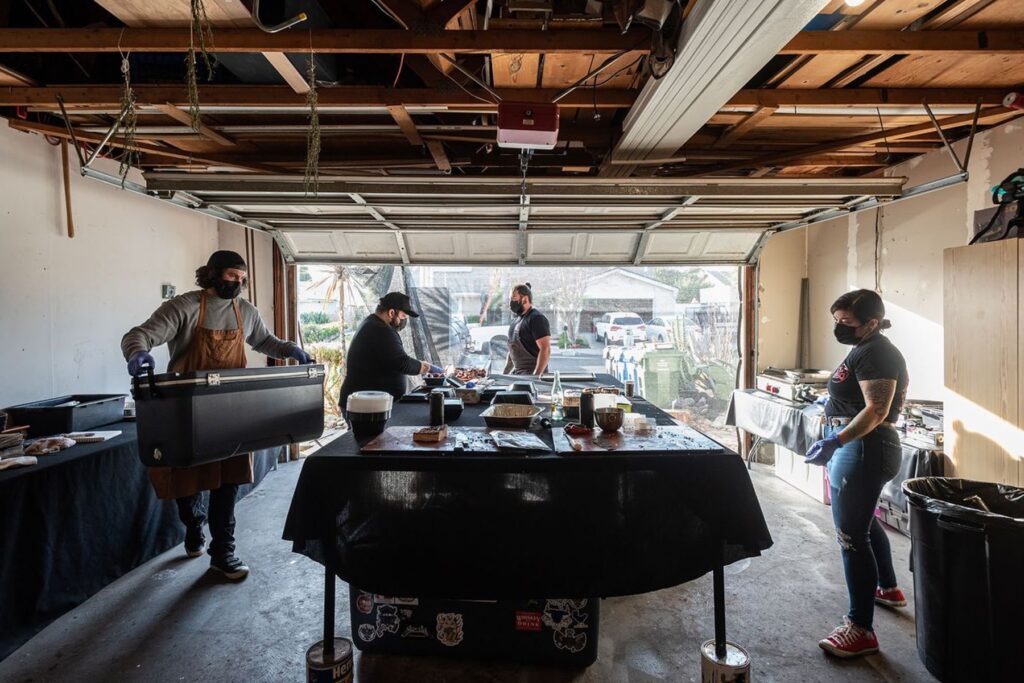
Ever hear of ZEF BBQ in Simi Valley?
When the coronavirus pandemic hit, Logan Sandoval and Ana Lindsey found themselves out of work and in need of a new source of income. Determined to make the most of a tough situation, they decided to start a virtual BBQ restaurant from their Simi Valley garage.




In just nine days, they set up, debuted their first menu and completely sold out! ZEF virtual BBQ restaurant quickly gained attention after being featured in an EaterLA article. ZEF is one of the most exclusive and sought after food secrets in all of Southern California.
A virtual restaurant is a restaurant that only exists online and does not have a physical storefront. Customers can only order food through a third-party delivery service such as Uber Eats or Door Dash, or through the restaurant’s website or mobile app.
Virtual restaurants often operate out of existing restaurants or rented commercial kitchens and use their own branded packaging and marketing materials to create the impression of a standalone restaurant.
Some virtual restaurants offer limited or no dine-in service, while others may not offer any service beyond delivery or pickup. The concept has gained popularity in recent years as a way for restaurant owners to reach a wider audience and reduce overhead costs associated with maintaining a physical location.
Opening a virtual restaurant that relies on delivery services typically involves the following steps:
1) Develop a concept: Decide on the type of food you want to offer, the target market you are trying to reach, and the overall branding and identity of your virtual restaurant.
2) Find a kitchen space: Find a kitchen space to use as the base of your operations. This could be a commercial kitchen that you rent, a shared kitchen space, or a kitchen in your own home (if allowed by local regulations).
3) Obtain necessary licenses and permits: Obtain any necessary licenses and permits to operate a food business, including a food handler’s permit, a business license, and any other required certifications.
4) Set up your menu and pricing: Determine the items you want to include on your menu and set your prices accordingly. Be sure to consider the cost of ingredients, labor, and any other expenses when setting your prices.
5) Sign up with delivery apps: Sign up with delivery apps like Uber Eats and DoorDash to make your virtual restaurant available to customers. You may need to provide information about your menu, pricing, and delivery radius, as well as any other required documentation.
6) Promote your virtual restaurant: Use social media, email marketing, and other tactics to promote your virtual restaurant and attract customers.
7) Manage orders and deliveries: Once your virtual restaurant is up and running, you will need to manage orders and coordinate with delivery drivers to ensure that your food is delivered to customers in a timely and accurate manner.
Starting a virtual restaurant can be a challenging endeavor, but with careful planning and execution, it could also be a rewarding and successful business venture.
Every week, people in Simi Valley order from ZEF BBQ to get good food. Logan and Ana are now thinking about starting a brewery pop-up. They say, in Simi Valley everyone is friendly and they feel like they fit in. They don’t think the business would have worked as well in any other city.














